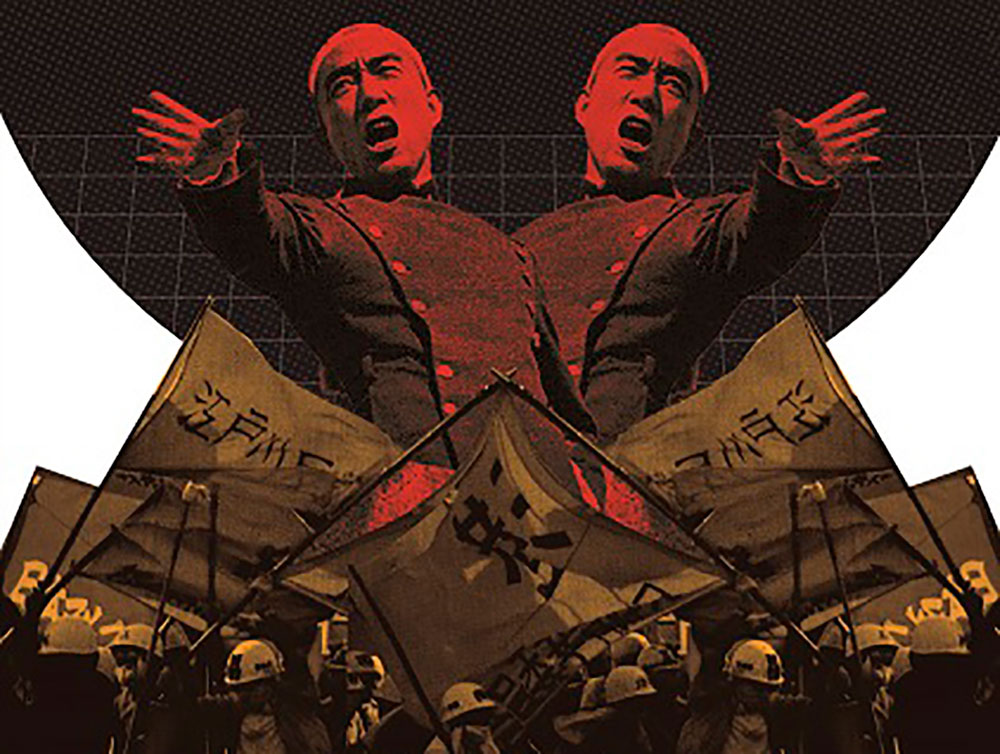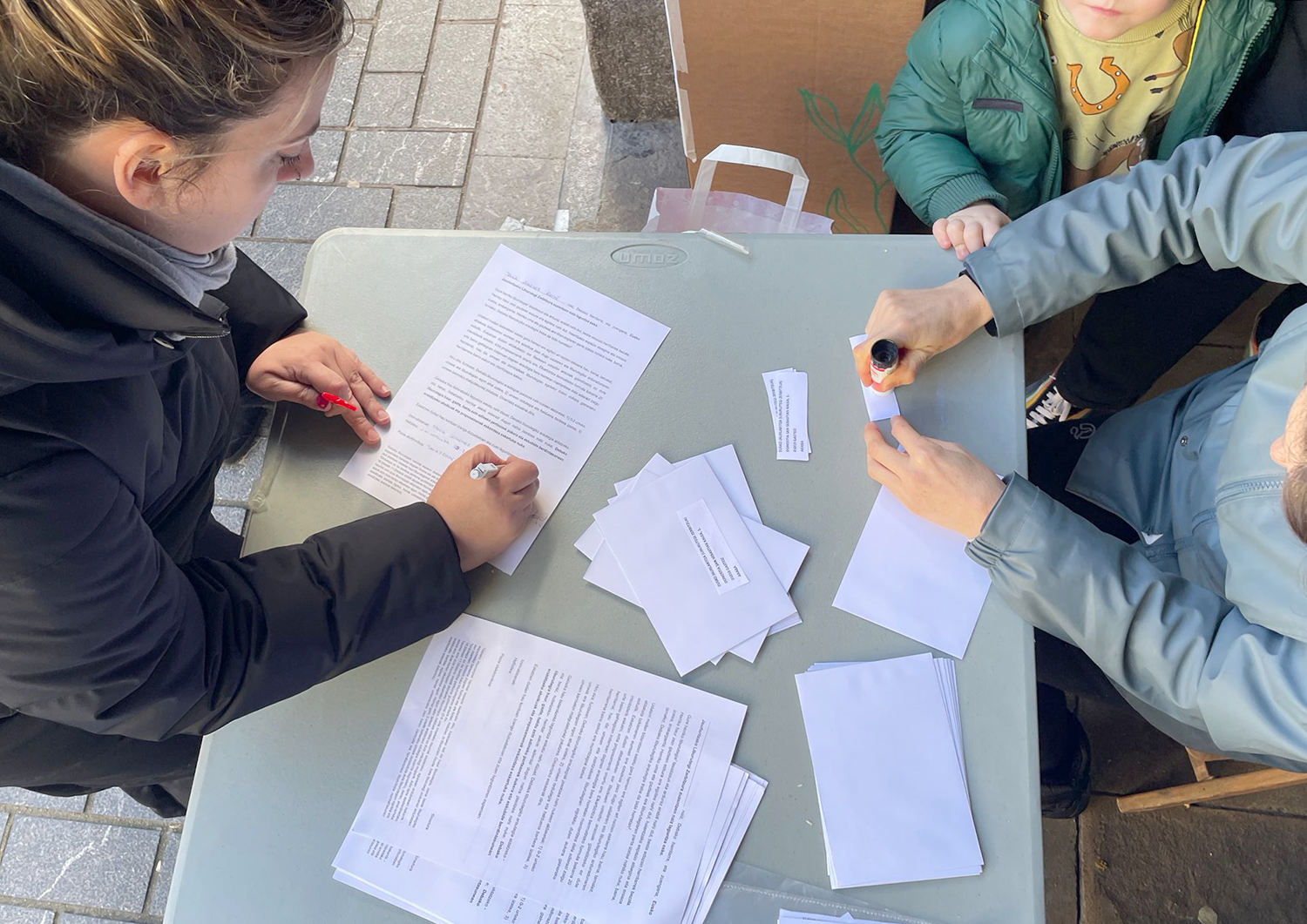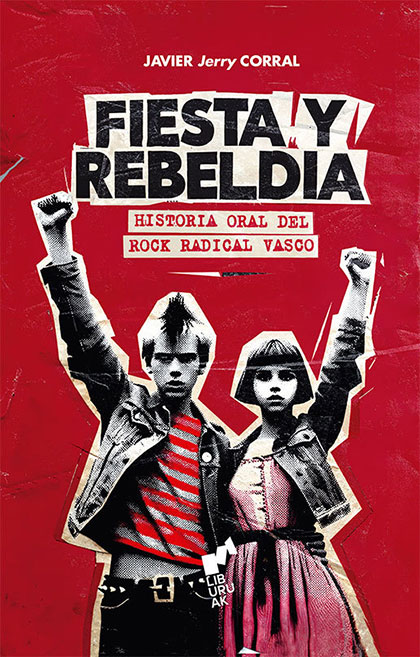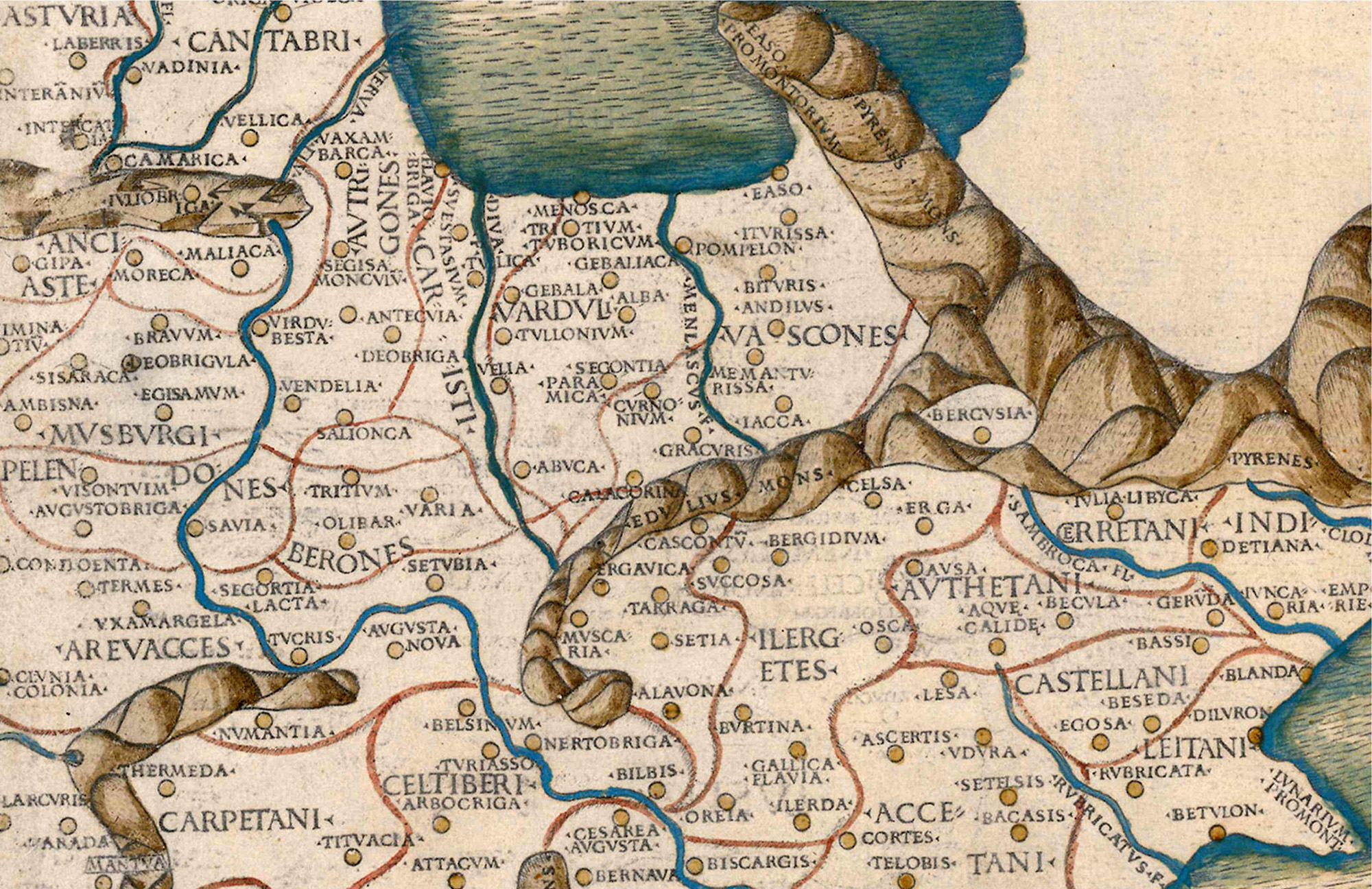Snake Dance, Catanes and Planes Hijacked
- Anti-Person Editorial from Valencia Japan Salvaje. Radicals, outlaws and violence (savage Japan. He has just published a short essay entitled Radicals, Jurors and Violence, of just over a hundred pages. The book contains texts by five authors: Alvaro Arbones, Andrea Peñalver, Javi Sánchez, Frutos Salas and Paula García. It is an interesting starting point to learn about the revolutionary battles flourishing in Japan in the twentieth century, including the student movement of Zengaku, the Revolutionary Japanese Communist League, the Japanese Red Army and the Anti-Japanese Armed Eastern Front. The seed of this rebel ecosystem was sown in 1945, when Japan lost war with the United States –1951. In 2012, both enemies signed peace, along with the San Francisco Peace Pact. Subsequently, in 1960, the Treaty of Cooperation and Security between the US and Japan, known as the acronym ANPO, was agreed. The clauses of the convention guaranteed the full defensive intervention of EE.UU, including the right to place the bases of the US army on Japanese territory. “The text was offensive. (…) Japan was a dominated country.”

Along with them, the book collects other violence and radical agents of recent decades, such as the political and economic influence of the contemporary mafia Yakuza, the coup d’état designed by the writer Yukio Mishima, extreme right-wing nationalism or the persecution of indigenous peoples of the island (people of Ainu), immigrants (Koreans) and social minorities (burakumin). “Japanese culture seems close to us because we have grown up with their anime movies and manga comics, but their political history and social reality is unknown to most of us.” For rebels, convicts and rivers of blood are hidden within this mysterious history. In short, Wild Japan is a suggestive starting point for exploring the cracks of the Far East Empire.
Hulls and rods
The Union of Zengakuren or all the Student Governments was founded in 1948. It was a Marxist movement, but the traces of the anarchism of the New Left were also appreciated. In that year of establishment, 300,000 students paralyzed 116 universities with the support of faculty. It became the vanguard of the protests of the students of Zengaku and its shadow became the reference for the revolutionary movements of students that flourished all over the world in the 1960s, especially in the tactics of urban guerrillas. In addition, a large influx of people, in cooperation with the workers, was added to the demonstrations. Its action focused on actions against the ANPO treaty, the American imperialist intervention and cooperation between the two governments.
This performance, in addition, became significantly radicalized as the movement grew. Thus, in 1953, together with the Communist Party of Japan, an attempt was made to welcome the palace of the empire. Repression and massacre were food. As a result, several sectors emerged within the movement: followers of the Maoist and Trotskyist tradition took to the streets and began to act outside the dynamics of the leftist parties. From this extreme perspective, the political parties left aside and would ask for the help of the proletariat to confront the government.
Also in November 1959, Prime Minister Nobusuke Kishi proposed the draft Treaty on Cooperation and Security between the US and Japan. In the Diet Building, the highest Japanese power agency, an important protest mobilization was introduced, made up of about 80,000 students and workers with red flags. This meeting sought to reach an agreement and the students faced some 5,000 policemen. The Prime Minister had to leave the building and tried to take a plane to sign the agreement at the airport. But thousands of protesters met at Tokyo International Airport. In the evening, the police forcibly pulled out the students and arrested dozens of them. Thus, great demonstrations began to be organized and alliances between students, workers and intellectuals strengthened. Zengakuren also participated in the conflict surrounding the United States military base in Sunagawa. For the construction of this base, 100 families of workers were expelled from their homes. Faced with this, Zengakuren built a camp next to the military base to organize the resistance together with the working families. Thus, in October 1956, between 500 and 3,000 people were barricades.
[Zengakurene members] were very advanced in urban guerrilla strategies. Snake dance was the antecedent of tactics that were used decades later in anti-globalization protests.
The street uniform of the members of the Zengaku movement is well known: helmets in the head and long sticks in the hands. They were very advanced in urban guerrilla strategies. Proof of this is the “snake dance”. In 1960, this zigzagging maneuver was used for the first time in the protests against ANPO: with the helmets seen, a large column of activists was formed, demonstrating quickly and zigzag from one side to the other. In front of it, police barriers didn't know where the protesters were going to be attacking. Snake dance was the antecedent of tactics that were used decades later in anti-globalization protests. In the year the beast began to repent, six million workers and students came together in actions against the renewal of ANPO, which took part in the battle of Haneda Airport. The harsh struggle made the plane of US President Eisenhower unable to land.
In the following years, Zengakuren led various actions against the Vietnam War. However, the movement began to weaken; for example, in 1968, Zenkyoto was formed against the authoritarianism of the organization. The last days of the movement, when the most enthusiastic left alone, they killed themselves. According to the yellow press, its members were exclusively nihilists.
Also in that year, distinctions began so that Zengakuren could participate in a colloquium at the University of Tokyo inviting the traditionalist right-wing writer Yukio Mishima. Following this meeting, Mishima wrote: “In the attack on the Yasuda conference room at the University of Tokyo, Zengakuren demonstrated that he knew little about the military strategy, as they left all the escape routes closed, which meant that they were willing to die, but were not willing to do it at all.” The young radical students seemed too warm to him – remember that Mishima committed suicide on the path of the ritual seppuc. In the same text he took up the demand for terrorism: “ (…) Then you would understand [the students] that there is no more effective action than terrorism.”

Reinforced red
The Red Army Division (CDA) emerged in 1969 following the internal incidents of the Communist League. He brought together 400 members and declared war on the Japanese Empire. The Government, intimidated, imprisoned almost all the militancy. But those who stayed outside answered him harshly: they kidnapped a plane with catanas and toy weapons. Finally, the plane landed in Pyongyang. The war was about to come.
The remains of the CDA traveled to Lebanon accompanied by several members of the Unified Red Army (PGI). The members of the IGB were ruthless militants who killed each other in savage self-criticism attempts, beat the most dubious members and undressed them bound to the trees until frozen to death.
Thus, with the help of the Popular Front for the Liberation of Palestine (PFP), the Japanese Red Army (JAG) was established. In the valley of the scholarship they learned all the terrorist arts: writing communiqués, launching all kinds of projectiles, manufacturing explosives, techniques to seduce national and business representatives, etc. Filmmakers Masao Adachi and Koji Wakamjutsu rolled a film in these Lebanese training camps, which you can see on the Internet: Japanese Red Army/PFLP: Declaration of World War (1971) (Japanese Red Army/PFP: Declaration of World War).
Well, after the training and the shooting came the time of action. On behalf of Wadi Habbabe, chief operating officer of the PFP, three activists traveled to Japanese Rome to take a flight to Israel. UZI 58 weapons and grenades were kept in the violin cases. When they arrived at Lode airport they started firing. 26 people were killed. One of the aggressors got bothered, another died from the gunfire of his friends and a third failed the bomb. They committed the most important attack of the second half of the 20th century. Mossad stayed with her mouth full. “We were prepared for some facts, but not for this new weapon, the Japanese,” said Israel’s Prime Minister Shimon Peres.
The members of the Unified Red Army (PGI) were ruthless militants who killed each other in savage self-criticism attempts, beat the most dubious members and left them naked tied to the trees to freeze to death.
In 1973, the first aircraft was hijacked and in 1977 two other aircraft were taken. They also occasionally committed attacks on embassies. Despite the increasingly suffocating situation of its members, in the 1980s they continued to operate as solitary wolves, such as the placement of a bomb free floating mine near the G7 meeting held in Venice in 1987 and the creation of a complete panic. The 1990s saw the decline of the organization. Lebanon expelled them from the country and the police destroyed a cell in Lima, which worked with the Shining Path organization. By then, the JAG was very weakened and served as an advisor in 11 parts of the world, including Romania, the Philippines and China.
The Shigenobu woman from Fusa, founder of the JAG, was detected in 2000 in a town near Osaka. He was the only operational leader and the most charismatic member of the organization. He lived in Japan, hidden in hotels, but was discovered by a receptionist for his strange form of smoking. Sentenced to twenty years in prison, he wrote in prison a statement of dissolution from the institution, after sowing a terrible trajectory of thirty years. After its creation, the Italian Red Brigade, the French armed organization Action Directe and three generations of RAFs, the Japanese Red Army was dissolved.
Party and recreation. Oral History of Rock Radical Vasco
Javier 'Jerry' Corral
Books, 2025
------------------------------------------------
Javier Corral ‘Jerry’ was a student of the first Journalism Promotion of the UPV, along with many other well-known names who have... [+]






















